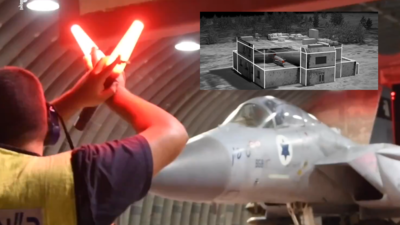
In a bold move to clarify its recent military actions, the Israel Defence Forces (IDF) released a provocative video accusing Hezbollah of storing weapons in civilian neighborhoods across Lebanon. The footage, which premiered on social media platform X, illustrates the IDF’s assertion that the militant group has embedded its arsenal within populated areas for over two decades.
“Hezbollah has transformed southern Lebanon into a launch pad for attacks against Israel, deliberately placing their military assets within civilian homes,” the IDF said.The military’s statement framed Hezbollah as using civilians as human shields, a tactic they claim aimed to shield their operations from Israeli strikes.
This video comes as part of the IDF’s strategy to counter mounting criticism regarding its airstrikes in densely populated zones. “Our defensive operations target Hezbollah’s terror infrastructure. We have launched precision strikes based on extensive intelligence to neutralize threats before they can harm Israeli civilians,” the IDF said, underscoring its commitment to safeguarding Israeli families.
In a continuation of these operations, the IDF conducted a series of airstrikes today targeting a Hezbollah commander in the southern suburbs of Beirut. A local source confirmed the attack, stating it was part of a broader campaign against Hezbollah leadership, marking the fourth strike in the region in just a week.
The IDF’s message was clear: “We aim to ensure that Israeli families can return to their homes without fear.” As tensions escalate, the IDF’s video serves both as a justification for its military actions and a rallying cry for public support in what it frames as a necessary fight against a persistent threat.
